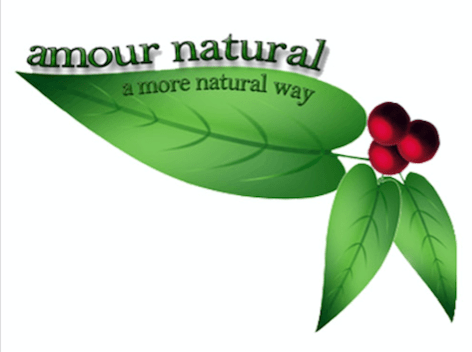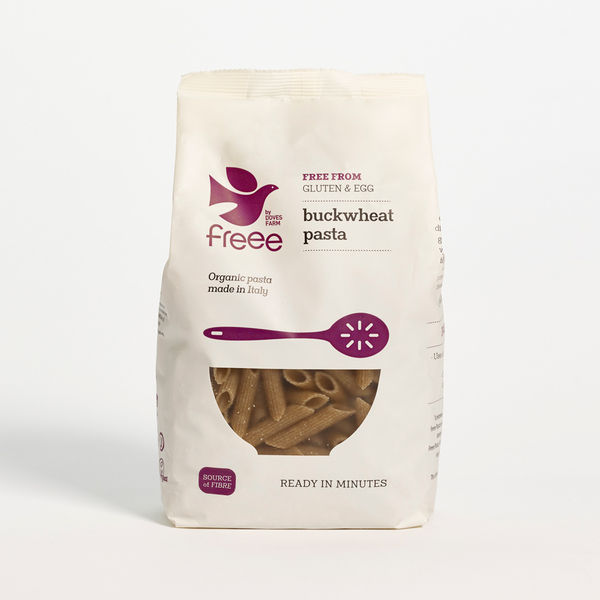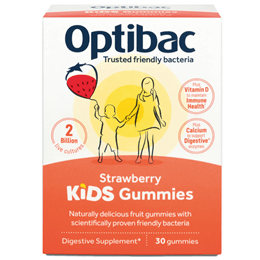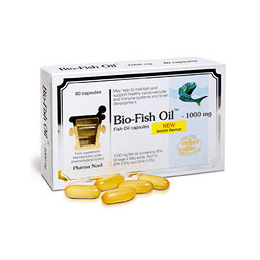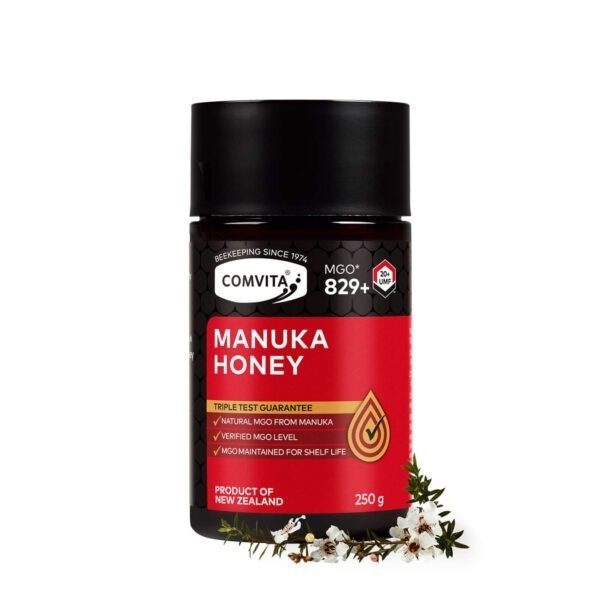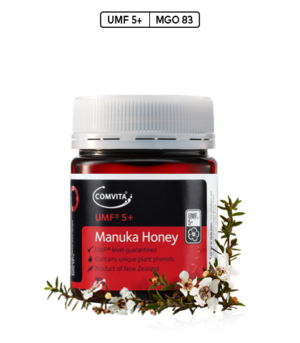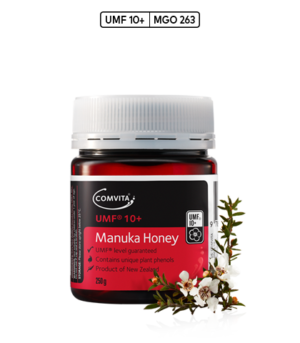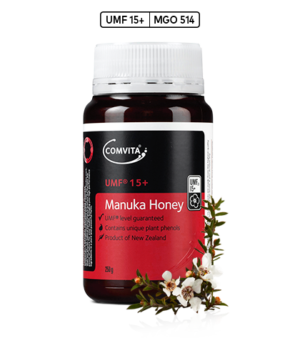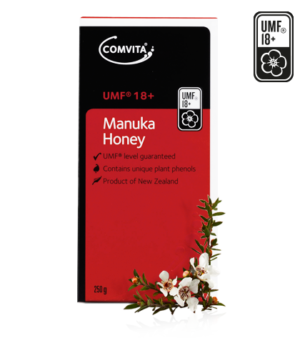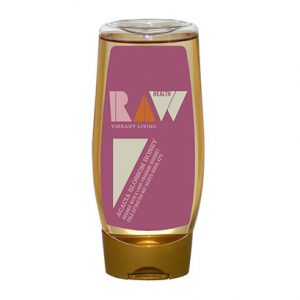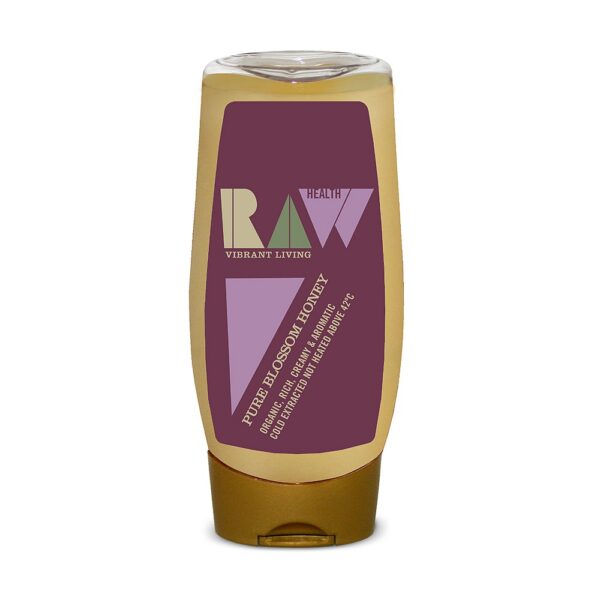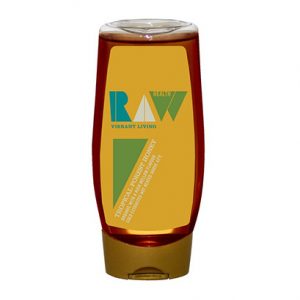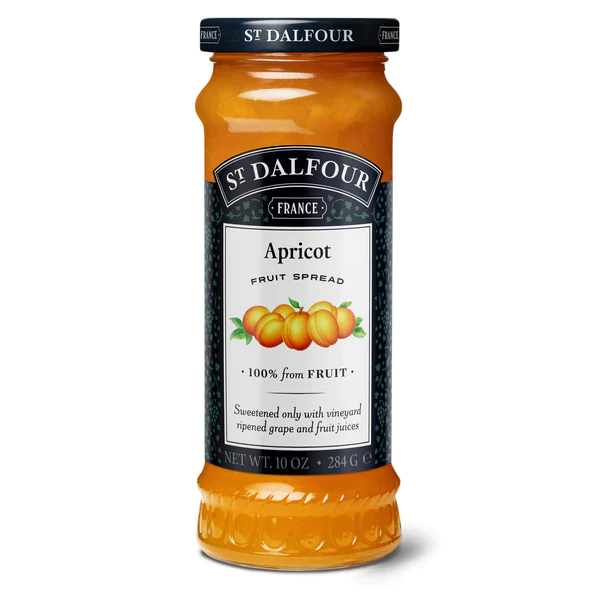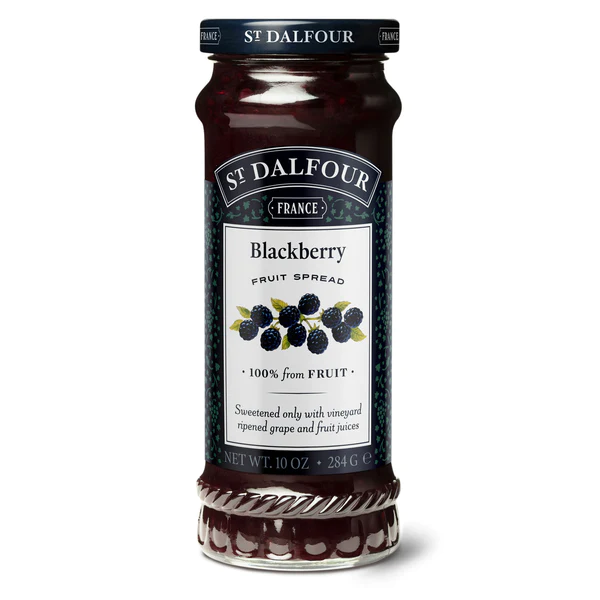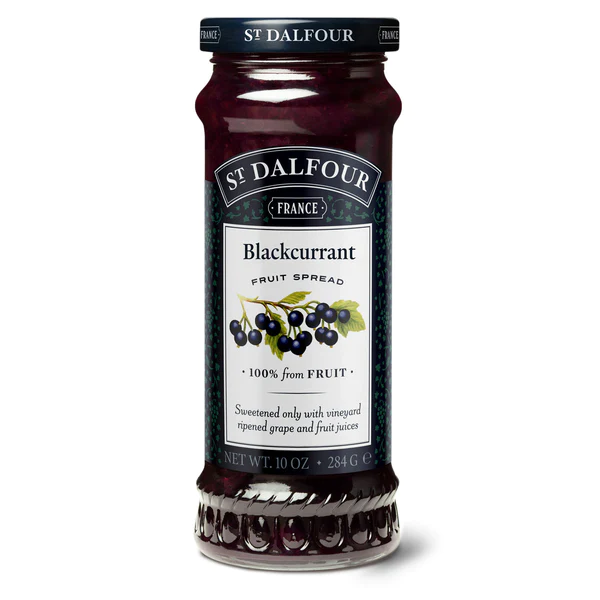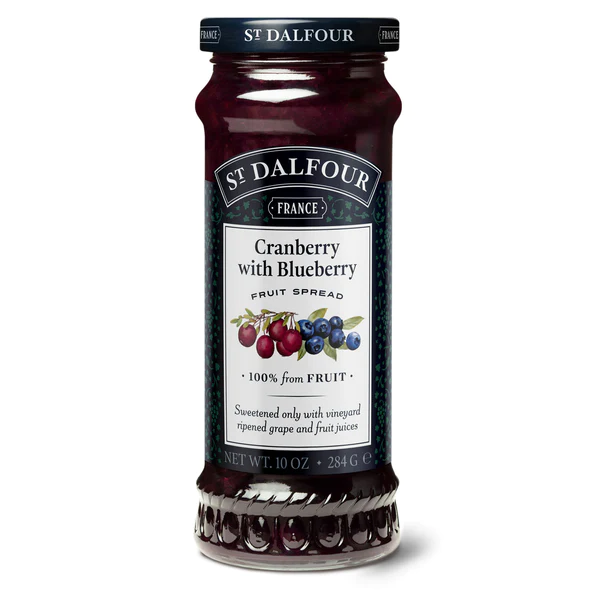A honeycomb is a mass of hexagonal prismatic wax cells built by honey bees in their nests to contain their larvae and stores of honey and pollen.
Beekeepers may remove the entire honeycomb to harvest honey. Honey bees consume about 8.4 lb (3.8 kg) of honey to secrete 1 lb (454 g) of wax,[1] so it makes economic sense to return the wax to the hive after harvesting the honey. The structure of the comb may be left basically intact when honey is extracted from it by uncapping and spinning in a centrifugal machine—the honey extractor. If the honeycomb is too worn out, the wax can be reused in a number of ways, including making sheets of comb foundation with hexagonal pattern. Such foundation sheets allow the bees to build the comb with less effort, and the hexagonal pattern of worker-sized cell bases discourages the bees from building the larger drone cells.
“Artificial honeycomb” foundation plate where bees have already completed some cells.
Fresh, new comb is sometimes sold and used intact as comb honey, especially if the honey is being spread on bread rather than used in cooking or as a sweetener.
Broodcomb becomes dark over time, because of the cocoons embedded in the cells and the tracking of many feet, called travel stain[2] by beekeepers when seen on frames of comb honey. Honeycomb in the “supers” that are not used for brood (e.g. by the placement of a queen excluder) stays light-colored.
Numerous wasps, especially Polistinae and Vespinae, construct hexagonal prism-packed combs made of paper instead of wax; in some species (such as Brachygastra mellifica), honey is stored in the nest, thus technically forming a paper honeycomb. However, the term “honeycomb” is not often used for such structures.

